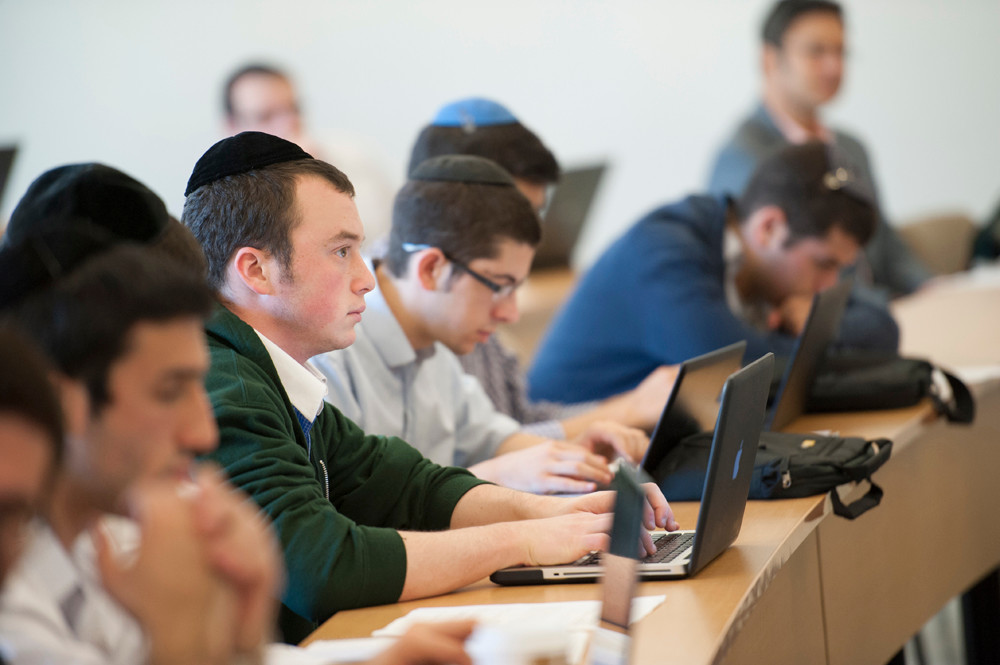Modern Orthodox education: Caught between 2 priorites
Wen the Pew Research Center published its much-discussed survey of American Jews in 2013, the findings seemed auspicious for the Orthodox denomination. Orthodox Jews have a much younger population than the Conservative and Reform movements, as well as higher fertility rates, meaning the Orthodox share of U.S. Jewry is growing. Couple that with how the falloff from Orthodoxy appears to be declining, and it looks like Orthodox Jewish education is working.
So why did Yeshiva University (YU) feel the need to recently host a symposium in Jerusalem, titled Modern Orthodox Education in 21st Century Israel and America, at which presenters were asked to undergo a public and communal cheshbon nefesh (spiritual accounting) of the state of the “modern Orthodox” educational system?
The balance between “modern” and “Orthodox,” presenters said, is becoming increasingly hard to achieve.
“We are asking students to care about an engage with universal human concerns and at the same time to recognize there are distinct Jewish conventional concerns,” said Karen Bacon, the Mordecai D. Katz and Dr. Monique C. Katz Dean of Undergraduate Faculty of Arts and Sciences at YU. “We ask them to take advantage of the American passion for individual autonomy and independence, and to still be a part of the community—to build community and to recognize communal authority. That is a lot to put on the plate of an undergraduate.”
That sentiment was particularly embodied by YU President Richard M. Joel’s remark that he doesn’t have a formal definition or description of what “modern Orthodox” education is—other than “complicated.”
“We have to say what we are and not what we are not,” Joel said.
So how, then, can “what we are” be described?

 50.0°,
Overcast
50.0°,
Overcast 




